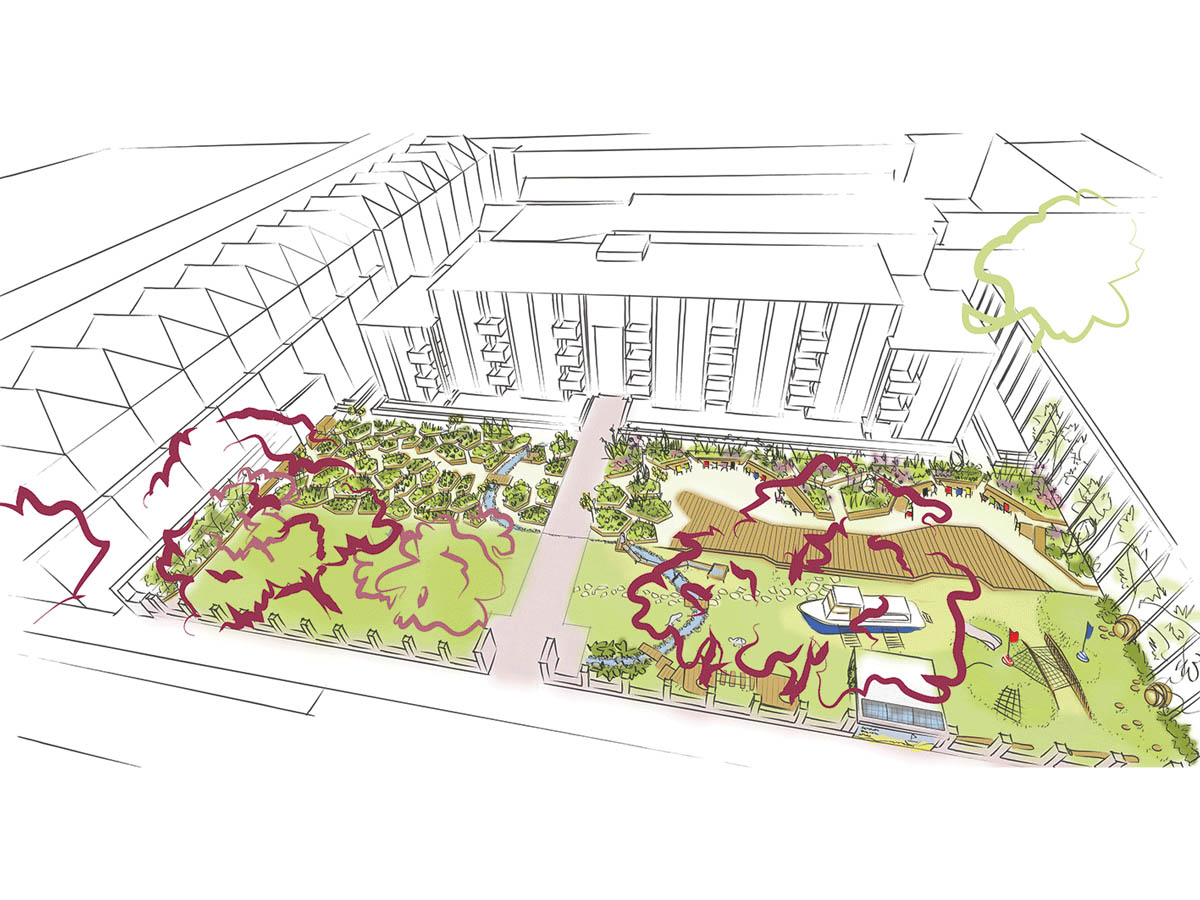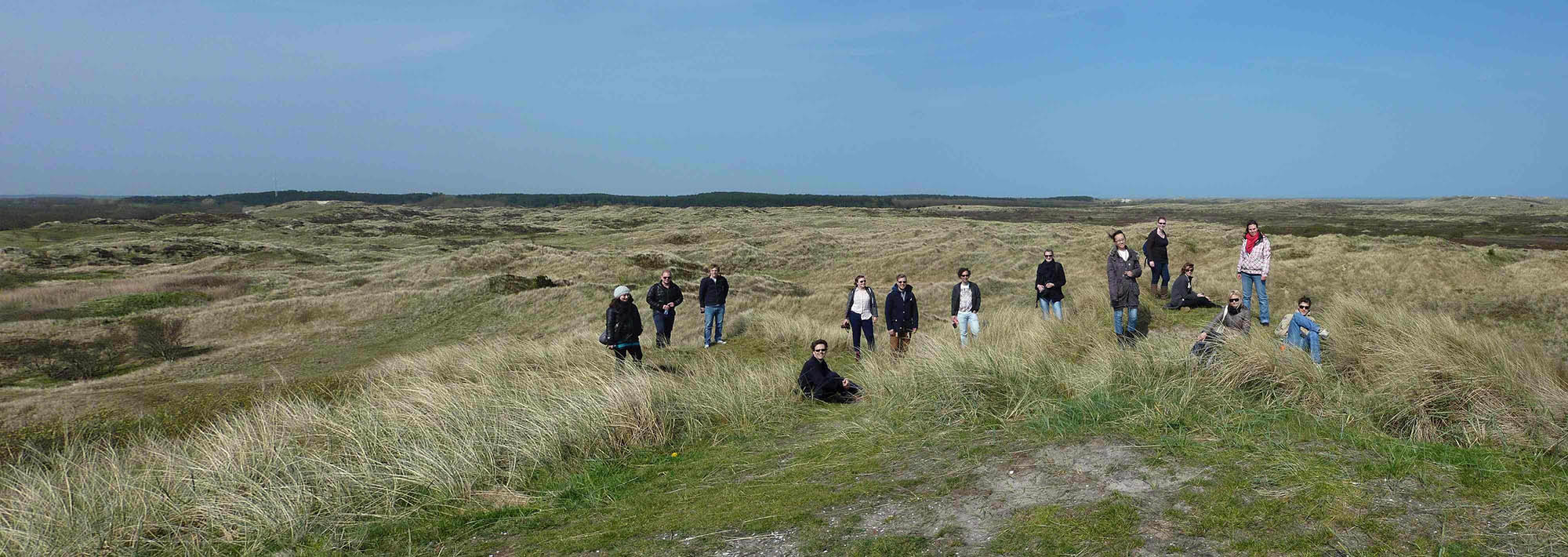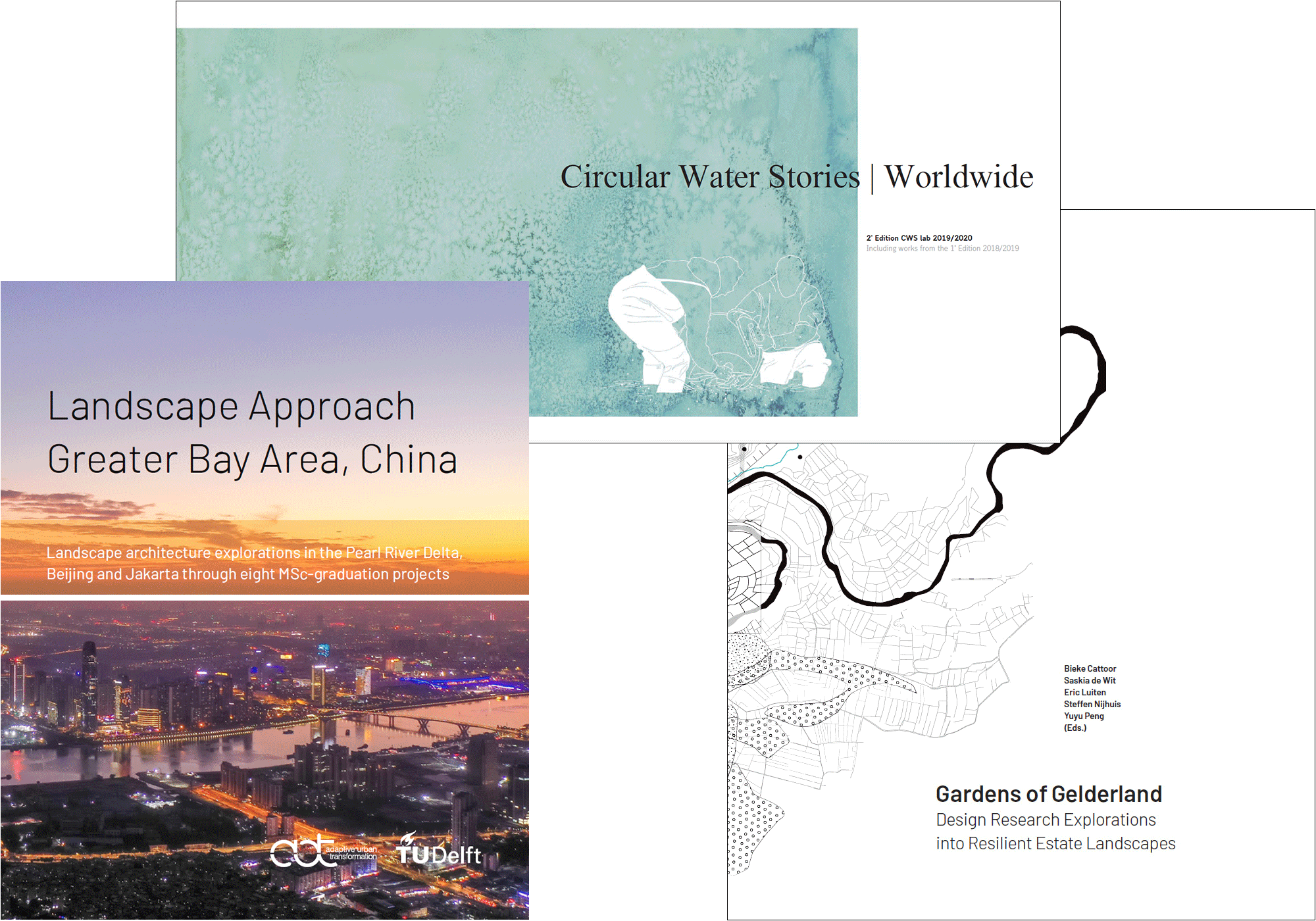On March 4th, 2025, Ana Paula Post – an alumna of the master’s in landscape architecture 2023/2024 and practice teacher at BK (mentored by Gerdy Verschuure-Stuip and Maurice Harteveld) – had the honour of presenting her graduation project, Symphony for the Dike, during an administrative meeting of Gemeente Maassluis at the Hoogheemraadschap van Delfland. The municipality invited her due to their strong interest in the project and its potential execution, which could bring the first city park to Maassluis. Through this presentation, she emphasized her belief in the power of scientific research to generate meaningful and tangible solutions that can be widely applied for the common good.




The research focused on the Delflandsedijk, one of the primary dikes in the Netherlands, protecting the Delta’s residents from constant flooding.
Walking along the Delflandsedijk is a disturbing and lonely experience. There are very few people over there. Merged into the urban landscape of Maassluis, it performs as a utilitarian element, emitting safety notes (not perceived by people) in a non-orchestrated urban landscape with an impoverished environment, where sounds are reflected and reverberated since it is a flat area, with very few absorption surfaces and elements. It is an underused and under-vegetated public space, muted for social interaction opportunities. There are no “sounds of life” such as conversations, laughs, screams or cries. Sounds of birds, insects or other non-human life are insignificant, and there are moments of almost silence. The repetitive sounds of the metro and its gate alarms are intense and, combined with vehicle traffic, especially during rush hours, swallow any other sounds.
This research values the utilitarian character of the Delflandsedijk and other Dutch dikes, highlighting their rich urban landscape and opportunities to transform it into a great public space for people where multiple uses and functions can occur. Resilient and robust landscapes can be built using the Soundscape Ecology theory approach, seeking the environmental balance by placing the ‘right’ sounds in the right places. This enhances the habitat quality for all living organisms and creates pleasant places for people to live, work, sport, enjoy nature, recreate, play, eat, rest or simply listen to the sounds.



The complete work can be found here: Symphony for the dike | TU Delft Repository




